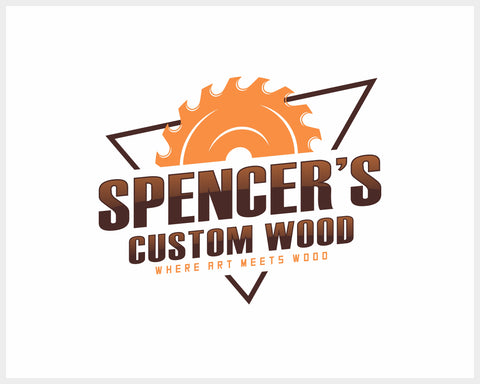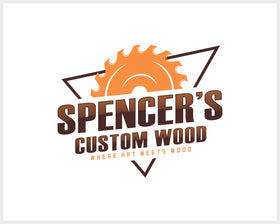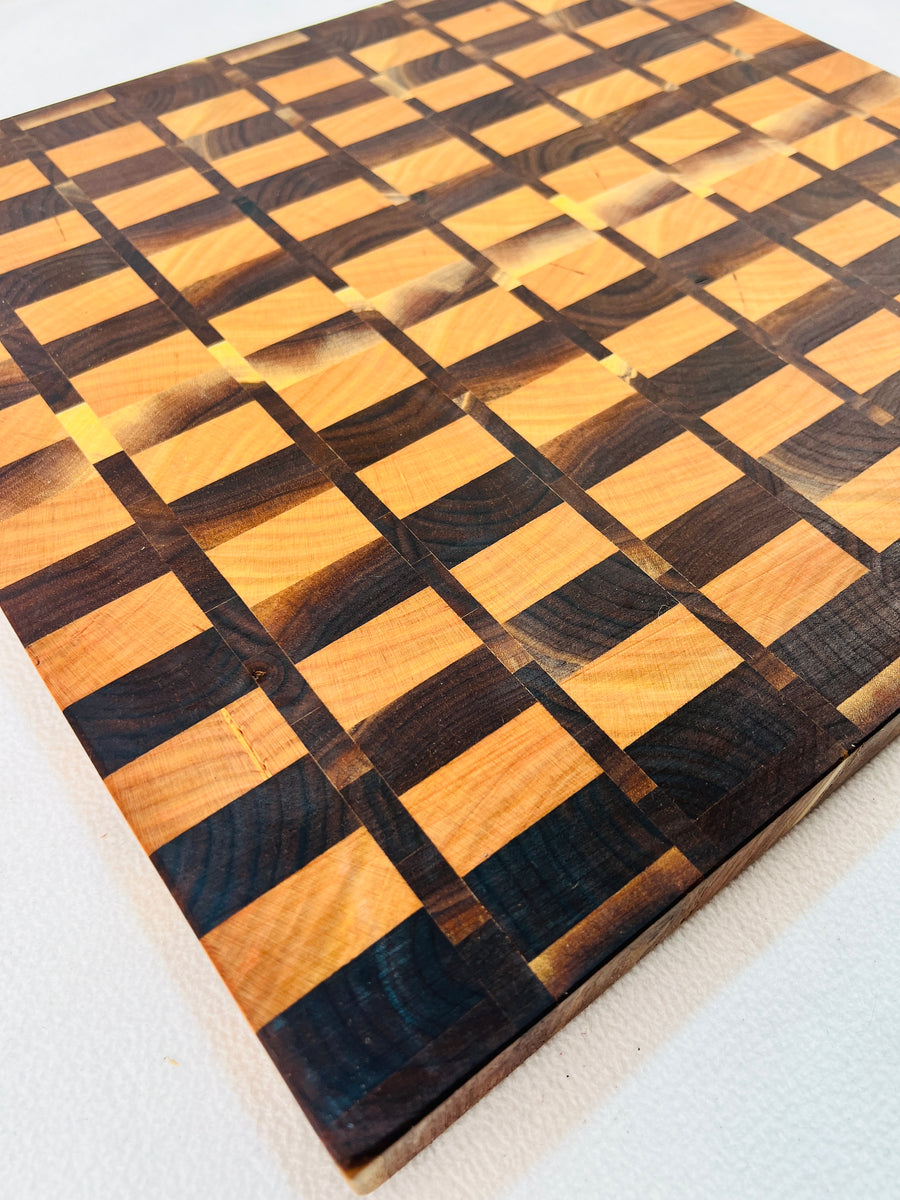Deep Dive into End Grain Cutting Boards
-
What is an End Grain Cutting Board? An end grain cutting board is a type of cutting surface made from the ends of wood pieces. Unlike traditional edge grain cutting boards, which have the long grain of the wood facing upward, end grain boards display the cut ends of the wood, resulting in a distinct and visually appealing pattern. This construction method gives the cutting board exceptional durability and self-healing properties, making it an ideal choice for chopping, slicing, and dicing.
-
Benefits of End Grain Cutting Boards
- Knife-Friendly: The unique structure of end grain boards helps to preserve the sharpness of your knives. The fibers of the wood naturally part, allowing the knife to slide between them rather than cutting across them, reducing wear and tear on the blade.
- Self-Healing: Due to their construction, end grain cutting boards have the ability to "heal" themselves to some extent. When the knife cuts into the wood, the fibers separate and then close back up when the blade is removed, minimizing visible marks and extending the board's lifespan.
- Durability: End grain cutting boards are known for their exceptional durability. The vertical orientation of the wood fibers makes them resistant to warping and less prone to knife scarring, ensuring a long-lasting and reliable cutting surface.
-
Wood Selection and Design The choice of wood for an end grain cutting board is crucial, as it impacts both aesthetics and functionality. Some popular wood species for cutting boards include maple, walnut, cherry, and teak. Each wood type has its own unique color, grain pattern, and hardness, allowing for a wide range of design possibilities. Combining different wood species can create stunning patterns and visual interest in the board's surface.
-
Construction Process Creating an end grain cutting board involves several steps:
- Material Selection: Choose the wood species based on your preference and durability requirements.
- Cutting and Gluing: Cut the wood into equally sized strips and arrange them into a desired pattern. Glue the strips together to form a solid block.
- Shaping and Sanding: Plane the block to achieve a smooth and even surface. Shape the board and round the edges. Progressively sand the surface to remove any imperfections.
- Finishing: Apply a food-safe finish, such as mineral oil or beeswax, to protect and enhance the wood's natural beauty.
- Care and Maintenance To ensure the longevity of your end grain cutting board:
- Clean it with mild soap and warm water after each use.
- Avoid soaking the board or placing it in the dishwasher.
- Regularly apply a food-safe oil or conditioner to keep the wood moisturized and prevent drying or cracking.
- Use separate boards for different food groups to prevent cross-contamination.
- Periodically sand the surface to remove any knife marks and refresh the appearance.
Conclusion: End grain cutting boards are a testament to the harmony between functionality and aesthetics. Their remarkable durability, knife-friendly nature, and unique beauty make them an indispensable tool for any kitchen. By investing in a well-crafted end grain cutting board and caring for it properly, you can elevate your culinary experience while enjoying a piece of functional art that will withstand the test of time.




Leave a comment